- Author Jason Gerald [email protected].
- Public 2023-12-16 10:50.
- Last modified 2025-01-23 12:04.
Have you ever wanted to know the electricity cost of using a light bulb? Does the bulb need to be replaced with a compact fluorescent lamp (Compact Fluorescent Lamp aka CFL) or LED? You just need to find out the electric power of the light bulb and the electricity rate in your building. You can also save a lot of money in the long run by replacing wasteful light bulbs with energy efficient ones.
Step
Part 1 of 2: Kilowatts and Kilowatt-Hours (Kilowatts per Hour)
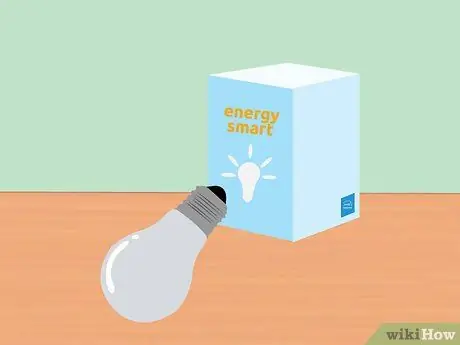
Step 1. Find the electric power rating of the light bulb
Electrical power is often listed on the bulb as a number that ends with the letter W. If you don't see it, check the bulb's packaging. Watt is the unit for power and represents the energy consumption per second.
Ignore phrases like "100-watt equivalent" used to compare lamp brightness. You want to know the actual Watt number the lamp is using
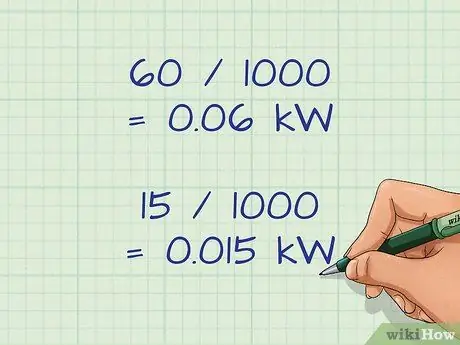
Step 2. Divide this number by one thousand
Thus, you convert Watts to kilowatts. To make it easy, you just need to shift the decimal point by three digits to the left.
-
Example 1:
a standard incandescent lamp uses 60 watts of power, or 60/1000 = 0.06 kilowatts.
-
Example 2:
a standard fluorescent lamp uses 15 watts of power, or 15/1000 = 0.015 kW. This lamp uses only of the power in example 1 because 15/60 =.
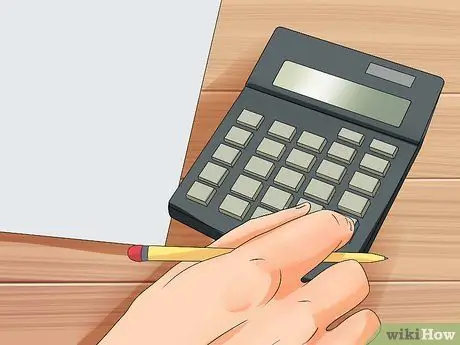
Step 3. Estimate the number of hours of lamp use per month
To calculate your utility bill, know how much light you use. Assuming you receive a utility bill each month, calculate the number of hours the light bulb uses in a month.
-
Example 1:
Your 0.06 kW light is on 6 hours a day, every day. For a month containing 30 days, the total is (30 days/month * 6 hours/day) = 180 hours per month.
-
Example 2:
Your 0.015 kW fluorescent lamp is on 3.5 hours per day, 2 days a week. In one month, the total is (3.5 hours/day * 2 days/week * 4 weeks/month) = 28 hours per month.
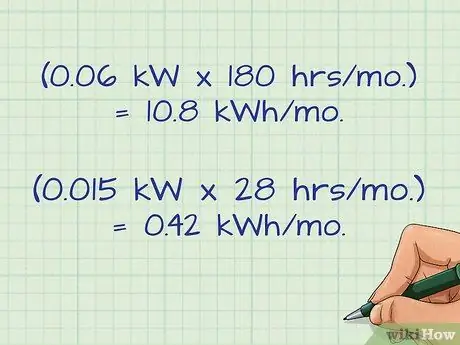
Step 4. Multiply the kilowatts of lamp use by the number of hours
Your electrical service supplier charges on a "kilowatt-hour" (kilowatt-hour aka kWh) basis, or each kilowatt of power used in an hour. To find the kilowatts per hour the lamp uses each month, multiply the kilowatts the lamp uses by the number of hours per month.
- Example 1: An ordinary incandescent lamp uses 0.06 kW of power for 180 hours per month. Its energy consumption is (0.06 kW * 180 hours/month) = 10.8 kWh per month.
-
Example 2:
The fluorescent lamp uses 0.015 kW and runs for 28 hours per month. Its energy consumption is (0.015 kW * 28 hours/month) = 0.42 kWh per month.
Part 2 of 2: Calculating Costs
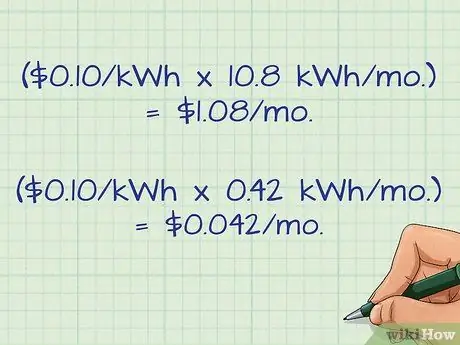
Step 1. Calculate the cost of using the light bulb
Check the electricity bill to find out the rate per kWh of electricity. Currently, PLN's electricity tariff ranges from Rp.996.74 to Rp.1.644.52. Multiply this number by the number of kWh the lamp uses each month. As a result, you get an estimate of the electricity cost of using the lamp,
-
Example 1:
PLN charges a tariff of Rp996.74 per kWh. An ordinary incandescent lamp uses 10.8 kWh/month. So, the electricity cost is (Rp996.74/kWh * 10.8 kWh/month) = Rp10,764, 792 per month.
-
Example 2:
With the same tariff of Rp996.74 per kWh, the cost of using fluorescent lamps is (Rp996.74/kWh * 0.42 kWh/month) = Rp418.63 per month.
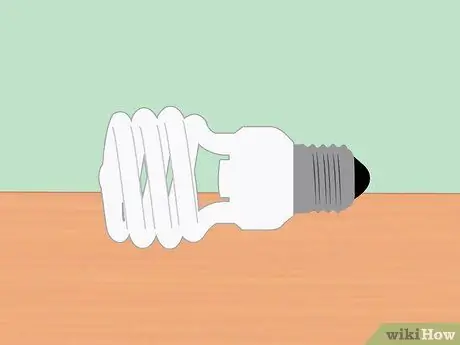
Step 2. Save on your lamp costs
Light usage accounts for 5% of the average total US household electricity cost. While other energy-saving methods have a greater impact, in the long term the use of energy-saving lamps will yield major benefits:
- Replace traditional incandescent bulbs with CFLs that usually break even in 9 months. The useful life is also 9 times longer than ordinary lamps so the replacement cost is very low.
- LED (Light-emitting diodes) lamps have even greater efficiency and a useful life of up to 50,000 hours (nearly 6 years of non-stop use). During its useful life, these lamps save hundreds of thousands of rupiah per year
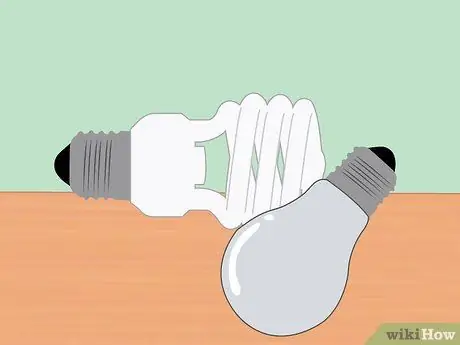
Step 3. Choose the right replacement lamp
Consider the following points when choosing an energy efficient lamp:
- CFL lamps that are not produced properly can burn quickly. If possible, look for one with the EnergyStar logo (for the US), or an A+ rating or higher (for the EU energy label).
- If you're lucky, the lamp's packaging will list "lumens," which is a measure of brightness. Otherwise the size can be given as a comparison: 60 watt incandescent, 15 watt CFL, or 10 watt LED are approximately the same brightness level.
- Look for an explanation of the color of the lights. "Warm white" is similar to the yellow glow of an incandescent light bulb. " Cool white " (cool white) enhances contrast, which may feel strong in a living room.
- "directional" LED lights focus light on a small area instead of illuminating the entire room.
Tips
- Watt is a unit of power, not brightness. A 15W fluorescent lamp is as bright as a 60W incandescent lamp because the fluorescent lamp is more efficient. LED lights are even more efficient and can deliver the same brightness using only 8 watts of power.
- Don't believe the myth that leaving fluorescent lamps on will save you money. While turning on the lights does consume a little more energy, the costs of leaving the lights on for too long can be greater
Warning
- Check the lamp fixture before switching to a lamp with a higher electrical power. Each fitting has a maximum electrical power. Use of a light bulb that exceeds the maximum electrical power may result in a short circuit and other damage.
- Light bulbs manufactured for a voltage greater than the building's electrical socket will use less electrical power than the amount stated on the package. This will slightly reduce the kWh used, but the light will be more dim and yellow. For example, a 60 watt, 130V lamp powered by household standard 120V will consume less power than 60 watts and produce a dim, yellowish glow than lamps labeled 60W and 120V.






